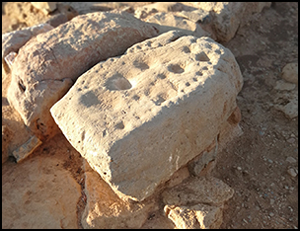Article contents
Revisiting the Minoan palaces: ritual commensality at Sissi
Published online by Cambridge University Press: 23 March 2021
Abstract

Scholars have long hypothesised that the central courts of the elaborate Minoan complexes of Crete (c. 1950–1450 BC) were used for ritualised, communal gatherings. New archaeological evidence from the court centre at the site of Sissi offers unique insights into the social practices, regional history and political organisation of this Bronze Age island civilisation. The remains of consumption rituals practised at Sissi's central court, along with the absence of evidence for other specific functions, provide the basis for a more nuanced understanding of the role of different types of Minoan palace. Furthermore, deliberate incorporation of earlier ruins within the Sissi complex suggests that the social power of Minoan palaces drew, in part, on ancestral practices.
- Type
- Research Article
- Information
- Copyright
- Copyright © The Author(s), 2021. Published by Cambridge University Press on behalf of Antiquity Publications Ltd.
References
- 3
- Cited by




